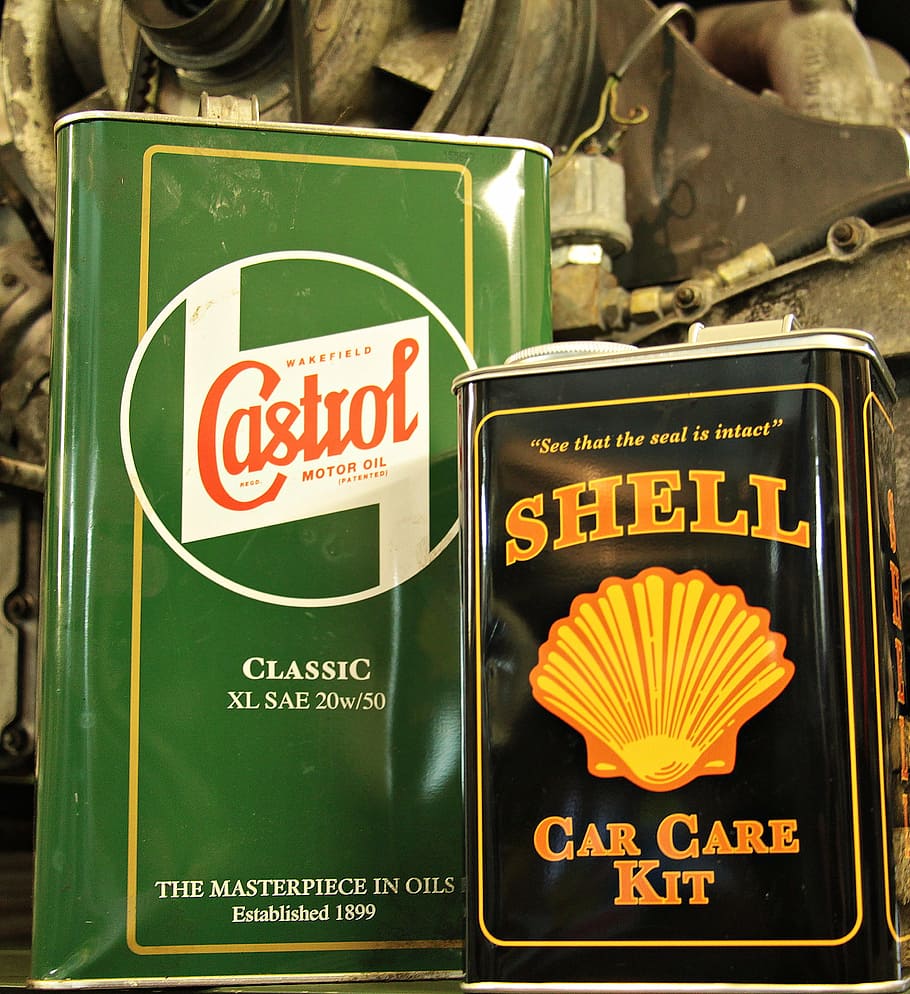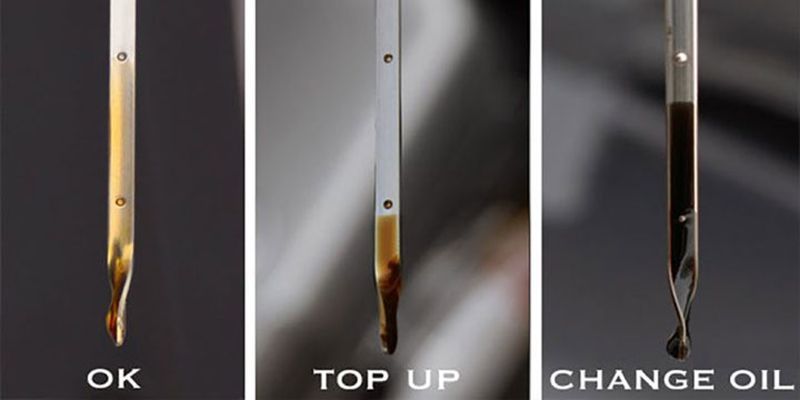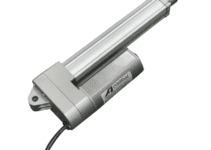You’ve probably heard that you should change your oil every 3,000 miles—or was it every 5,000? Most likely, you’ve been told different recommendations from different people.
There are two reasons for this. One is that not all experts agree. The second and more important reason is that the ideal interval between oil changes depends on several factors.
So, how long can you go without an oil change? In this guide, we’re going to explain these factors and clear up this confusion once and for all. Based on this information, you’ll be able to determine the answer.
First, let’s go over the many different recommendations you may have heard, how accurate they are, and apply them.
Your User Manual’s Recommended Oil Change Interval

source:auto.howstuffworks.com
The first thing you should know about when to change your car’s oil is what the manufacturer recommends. This information is in your car’s user manual and will include what type of oil to use and how often to change it.
If you can’t find your user manual, you can easily look it up online. Discover more here.
This recommendation isn’t perfectly accurate since, as we said, oil change timing depends on other factors than make and model. Still, it’s a good place to start.
Every 3000 Miles
An oil change every 3,000 miles is a rule of thumb for vehicles using conventional oil. If your vehicle doesn’t require synthetic oil, this is your general guideline. For older cars, you should be fine using conventional oil and changing it every 3,000 miles.
But what does your manufacturer say in the manual? A lot of newer vehicles are recommended or even required to use a synthetic blend oil. If your manual recommends you use synthetic, you should do so.
Every 5,000 Miles

source:auto.howstuffworks.com
Newer car engines are specifically designed for synthetic blend oils, not conventional oil. If you have such a vehicle, do not use conventional oil.
These engines are also designed to filter more efficiently so that the car can go longer between oil changes. Plus, synthetic blend oil doesn’t break down as quickly as conventional oil. Under normal circumstances, a newer car using a synthetic blend oil should be able to go 5,000 miles in between oil changes.
Furthermore, cars that hold more than the average 5 quarts of oil can last longer between oil changes. The more oil is cycling through your engine, the longer it takes to break down.
Higher oil capacity also means the oil can hold more carbon and gas when the filter is full. That is, it takes longer for the oil to become dirty. You should be able to go 5,000 miles between oil changes for high oil capacity vehicles.
However, even with these vehicles, you should still check how dirty the oil is every 3,000 miles. If it’s black or very dark, change it.
Every 7,500 Miles or Longer
Full synthetic oil is practically immortal. It can potentially last without breaking down for more than 15,000 miles.
However, the oil breaking down isn’t all you need to worry about. No matter how long the oil lasts, it becomes diluted over time with gasoline. When this happens, the oil/gas mixture is no longer lubricating your engine like it’s supposed to.
Besides that, the oil filter itself can only hold so much carbon and other contaminants before it becomes full. As described above, oil capacity is also a factor in how quickly the oil becomes dirty.
So, as a general rule, cars using full synthetic oil should travel no more than 7,500 miles between oil changes.
Every 1,000 Miles
If you mostly drive around town taking very short trips, 3,000 miles might be too far to go between oil changes. You should, instead, change or at least check the oil every 1,000 miles.
These short, slow trips don’t get your engine hot enough to boil away all the condensation accumulated in the system. This usually causes your engine oil to break down quickly.
It’s also common knowledge that these “city miles” are harder on your engine. Getting more frequent oil changes can counter this by keeping your engine healthier.
Lastly, this type of driving also means that you aren’t racking up the mileage very quickly. But use isn’t the only thing that breaks down your oil—time does, too. Whether you drive or not, your oil degrades just by sitting around in your engine for months at a time.
Changing the oil every 1,000 miles helps ensure that the oil doesn’t expire of old age. Mileage aside, you should change your oil at least every 6 months.
Other Reasons For More Frequent Oil Changes

source:pxfuel.com
Other factors can cause you to need oil changes more frequently. The first is frequent traveling in bumper-to-bumper, stop-and-go traffic.
Another example is if your vehicle does a lot of heavy-duty work like hauling and towing. In this case, the engine (and, therefore, the oil) is used more heavily.
Lastly, frequent driving on dirt roads also takes its toll on your oil. Your engine has to work harder when driving on dirt, sand, or gravel than it does when driving on a smooth, paved road.
Check your oil more frequently in these conditions and change it if needed.
Warning Signs That You Need an Oil Change

source:cartreatments.com
Rather than waiting for a problem to happen, the best way to know if you need an oil change is to lift the hood and check. If the oil on the dipstick is amber in color, it’s fine. If it’s dark brown to black, change it right away.
If your dashboard lights indicate any sort of oil problem, take it in for an oil change. Also, take it in if you smell burning oil.
If you hear a knocking sound in your engine, that’s a bad sign. It usually means the engine’s moving parts are grinding against each other without enough lubrication. If you don’t get new oil fast, your engine will overheat and breakdown.
How Long Can You Go Without an Oil Change? Now You Know

source:pxfuel.com
So, how long can you go without an oil change? The question you should be asking is, “How long should you go without an oil change?”
The answer, of course, is to change your oil according to the tips in this guide. And, just so you don’t forget, bookmark or print this page for reference.
Now, check out our homepage for more of the latest car tips and automotive articles.








